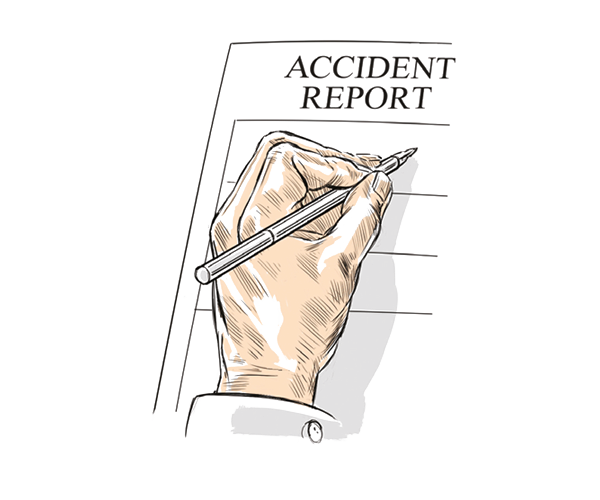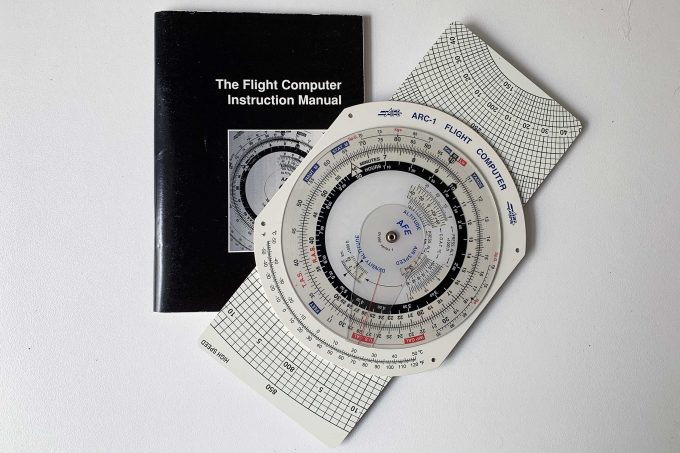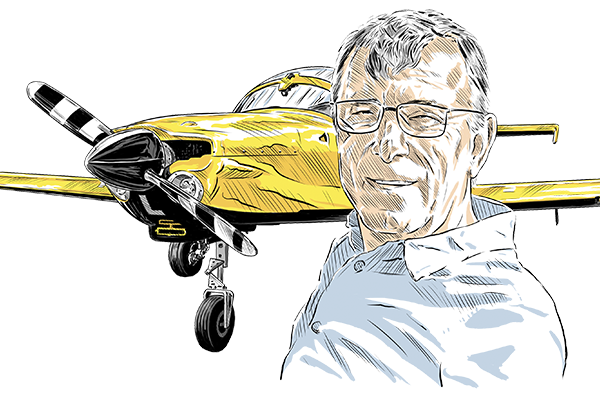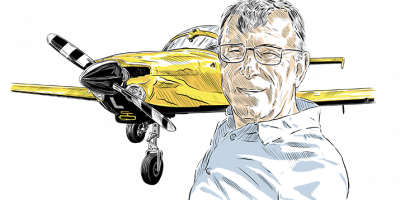Low level wind shear
Just Aircraft Highlander
N419SD
West Cobb, Arkansas
Injuries: One, serious
The pilot was practicing for a STOL race to be held at the airport. He turned final at 60ft and experienced a severe gust. Despite a 16kt buffer above the stall and full flap, he experienced an uncontrollable wing drop and lost all lift, subsequently pancaking and coming to rest upright, but substantially damaged.
A review of the met data confirms thunderstorms and likely wind shear in the area.
Cat’s comment. We practice wind shear go-arounds in the simulator regularly. In a 777, flying into a reducing headwind/increasing tailwind event causes initial speed loss followed by extreme rates of descent.
Applying maximum power and pitching up might get you through it. We have indications on the PFD of maximum angle of attack and we tuck the pitch right under them.
This results in an airspeed way below the normal Vref and, in the scenarios our cunning trainers devise, accurate flying at the limits of aircraft performance will let you survive. Just. In anything with lower performance, just avoid those conditions.
NO light aircraft can outfly a 4,000fpm downdraught.
Fuel mismanagement
Piper PA32-260
N130GH
Hancock, Minnesota
Injuries: One, minor
A Piper Cherokee 6 pilot asked for his left tank to be filled before departure.
He departed using the left tank, his engine failed and he executed a forced landing into a field, which resulted in substantial damage to the right wing and fuselage.
Post-accident, an inspection revealed that the left tank was empty.
The pilot reported that he assumed all his tanks were full but did not confirm the fuel, either by looking into the tank, or by looking at the gauges. The engine stopped when the 6.6 gallons in the left tank were exhausted. He did not use any fuel from the right tank.
Cat’s Comment. OK. This one is down to the pilot on several levels. Never assume. Do a proper pre-flight. And that engine failure drill we all learned in training.
The way I teach it, the diagnosis phase starts on the left bulkhead with CHANGE TANKS. It could be empty. It could be contaminated, but you have another!






